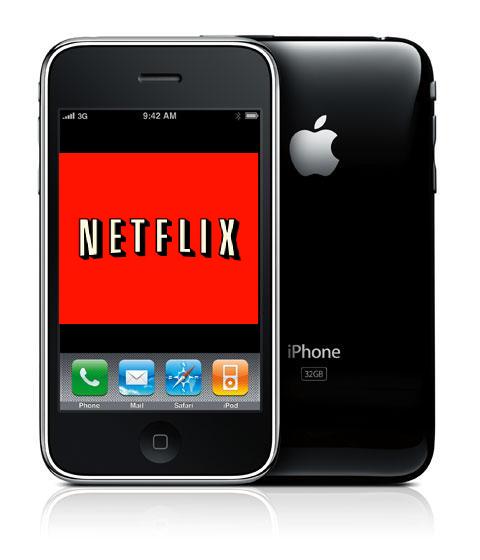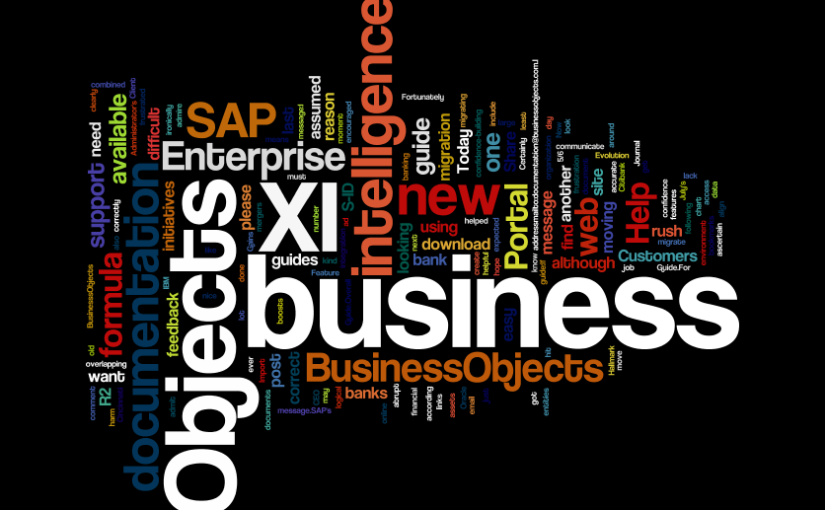“All I want to do is watch a movie.”
That was my first thought when I heard of the news to separate Netflix’s streaming content from its DVD rental business (see related Wall Street Journal article, Netflix Separates DVD and Streaming Services). I’m a latecomer to the Netflix party, having only recently put a HDTV in our home as a 2010 Christmas present. I subscribed because a coworker sung the praises of Netflix, not only for home viewing. But because movies could be streamed to a PC or tablet over hotel WiFi, a very attractive service for the road warrior. I noticed pretty quickly that I was placing movies into my streaming queue and only resorting to a DVD if the title wasn’t available to stream. So I’m definitely not excited about having two separate queues and two separate bills from two separate web sites.
Netflix is a business intelligence poster child. Much has been written in the BI trade press about Netflix and their use of predictive analytics to recommend movies, including Thomas Davenport’s book Competing on Analytics. But Netflix’s most recent moves illustrate some more fundamental lessons for business intelligence practitioners.
I agree with John Gruber (see his Daring Fireball article) that Netflix is preparing to sell either one or both halves of the company. Why else establish two distinct brands? Qwikster has neither “net” or “flix” in its name, so it’s a clear separation. Despite CEO Reed Hastings’ claims that Netflix and Qwikster will provide customers with faster innovation, the move is clearly an advantage to Netflix and a disadvantage to customers. And here lies a lesson for business intelligence teams.

“All I want to do is run my report.”
If I’ve heard this once, I’ve heard it a thousand times. But just like Netflix, corporate business intelligence can excel at erecting then rationalizing barriers to our users. We have multiple business intelligence tools from multiple vendors. Or we have multiple versions of a single business intelligence vendor’s tool. And many times there is a reason for the current state of affairs. The problem is, the advantage in our business intelligence architecture is really for us, not our users. And many times, we come up with a lame “but this is better” rationalization to our users, just like Netflix & Qwikster.
One Queue
Just like I want a single Netflix queue for both DVD and streaming video, our users want a single queue for their business intelligence. Here are three things we can do to support a user’s vision of one queue (and our vision of increasing user adoption of business intelligence).
One Business Intelligence Portal
Regardless of the number of vendors or portals in your business intelligence environment, all of them can be unified via your corporate intranet. Provide your users with a single, easy to remember web site to access all business intelligence. Want to go fancier? Many organizations have standardized on tools like Microsoft SharePoint and many business intelligence vendors, including SAP, provide integration tools for seamless integration. And yes, you should be asking yourself why your organization has three different installations and three different versions of the same vendor’s BI software.
One Help Desk
Business users need “one number” to call. Look at all of your customer touch points and eliminate complexity. Don’t require that users need to know that they have to call the Cognos team for situation A but the BusinessObjects team for situation B. Or subject them to endless finger-pointing between the reporting team, the data integration team, and the DBA team. Let your help desk software or business processes manage the complexity of getting the right help to your users.
One Governance Board
Create a single governance board for business intelligence. And a single steering committee with input from the user community. And give them authority. If your organization has three BI tools but one is the corporate standard, business process has to insure that new requirements are implemented on the standard platform. Yes, there’s short-term expediency in having Ralph deliver the solution on a three-versions-old BI tool because he has the bandwidth, but it’s really not serving the long-term interests of the organization. Wayne Eckerson has some excellent ideas about governance and steering in his book Performance Dashboards.
I’m not naive. These ideas are difficult to execute because of corporate politics, not technology barriers. So they must be championed at the management or executive level of either the IT or business organization. But there are tangible cost savings in their implementation. And tangible benefits to happy customers.
Just ask Netflix.
Or is it Qwikster? I’m confused…
Has your organization had success implementing a single queue? Share your thoughts with us.
Read Part Two of Business Intelligence Lessons from Netflix



I’m with you, Dallas. My customers (old school corporate America) don’t care if its InfoView, Explorer, Webi, Crystal, Xcelsius. Just make it simple, quick, and accurate. I’ve been toying with the idea of using URL links into BusinessObjects reports/infospaces as a way to provide better/simpler access. Explorer links plus OpenDoc links can allow you to possibly build pointers to BI stuff from whatever you set up as your one “BI Portal”.
The single queue is really tough in practice, especially in BI. Part of the problem is the complexity and time involved in creating a “Single version of the truth.” Large amounts of data moving around and “magical” ETL transformations make many distrust that single queue. Many would rather have several reports (albeit unoptimized) directly off the transactional systems because that is a source they trust.
So once you get everyone into your single queue, how do you get them to use it and trust it as the truth?
I think this single portal is going to be especially important on the mobile platform. I don’t want to remembed that I need to log into Explorer for Information Space A, and BI Mobile for Webi Report B, and Roambi for Dashboard C. I want a unified portal. I don’t think SAP even has an API for that.
I love seeing blogs like this one that bring in current events and contrast them to what’s going on in the BI and IT fields. It seems to me that while Netflix and BI have proven strong in analytics, they are sometimes weak in CRM. As Jody says above, you never want to forget who is using your product or information.
Netflix reverses course – Qwikster is dead. http://online.wsj.com/article/SB10001424052970203499704576622674082410578.html
Netflix the next AOL?
http://money.cnn.com/2011/10/28/technology/thebuzz/index.htm